10 Obsolete Mental Illness
10 Obsolete Mental illness
Mental illness show the stress and anxieties of the age. A study of the Diagnostic and Statistical Handbook of Mental Conditions (DSM) shows a constantly shifting view, where as soon as typically accepted mental illness are relegated to the dustbin of history. If the past is any indication, our photo of the mind and its illnesses will quickly too become obsolete. 10 Male Hysteria Image credit:< a href=" "target= "_ blank "> Wikimedia Hysteria has a multitude of nervous symptoms that can not be credited to a physical cause. Regardless of males being just as susceptible to breakdowns as ladies, societal and political pressures stood in the way of medical diagnosis.
"target= "_ blank "> Wikimedia Hysteria has a multitude of nervous symptoms that can not be credited to a physical cause. Regardless of males being just as susceptible to breakdowns as ladies, societal and political pressures stood in the way of medical diagnosis.
Nevertheless, in 18th-and 19th-century Britain, it became stylish for males to establish"nervous"problems. It was an issue of class, where level of sensitivity was seen as sophistication that elevated the bourgeois above the working individuals. In the early 20th century, male hysteria morphed into" shell shock."This reflected a changing understanding of the illness, losing its womanly undertones. This new kind of male hysteria was made honorable. In the 1980s, "shell shock" paved the way to PTSD-- trauma. The progression has actually been a sluggish shift from the womanly stigma related to the disease.
9Dysaesthesia Aethiopica
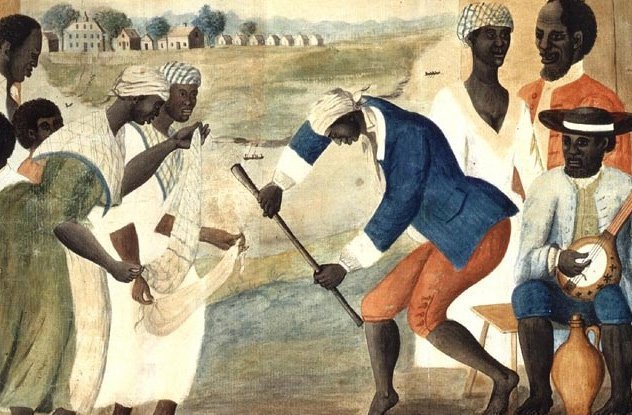
 "alt="2"class="alignnone size-full wp-image-105115"> Picture credit: Wikimedia
"alt="2"class="alignnone size-full wp-image-105115"> Picture credit: WikimediaSociologists and psychologists manufactured this disease to scientifically show that black guys were incapable of handling freedom. The cure for dysaesthesia aethiopica was slavery. These quacks declared the disorder was more typical amongst free blacks than those in bondage. The only slaves afflicted were ones who lived lifestyle-- with diet plan, beverages, and workout-- like their complimentary brethren, or those "that have actually not got some white individual to direct and take care of them."
8The Vapors
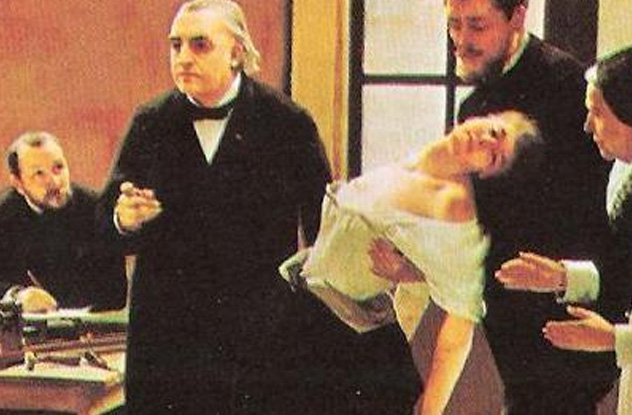
 "alt="3"class="alignnone size-full wp-image-105116"> Picture credit: Andre Brouillet
"alt="3"class="alignnone size-full wp-image-105116"> Picture credit: Andre Brouillet
7Homosexuality
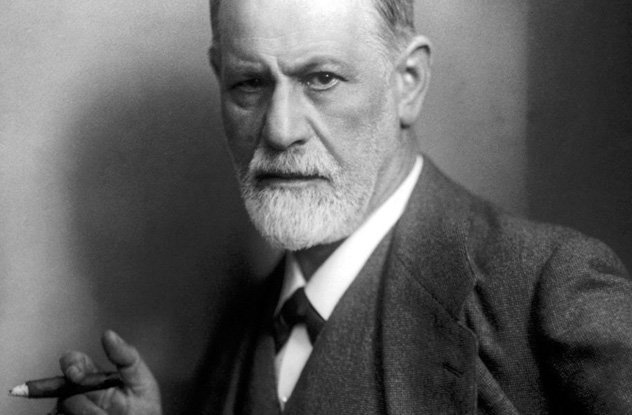
 "alt="4"class="alignnone size-full wp-image-105117"> Image credit:
"alt="4"class="alignnone size-full wp-image-105117"> Image credit:Beginning in the 1970s, psychological health professionals moved their views on homosexuality due to the installing proof and shifting cultural views. In 1974, a vote was held to amend homosexuality's place in the DSM. By 1980, the only entry was for "ego-dystonic homosexuality." This meant the homosexual tendencies were not in line with the individual's self-perception. Lots of criticized this decision. By 1986, homosexuality was entirely eliminated from the DSM.
6Dementia Praecox
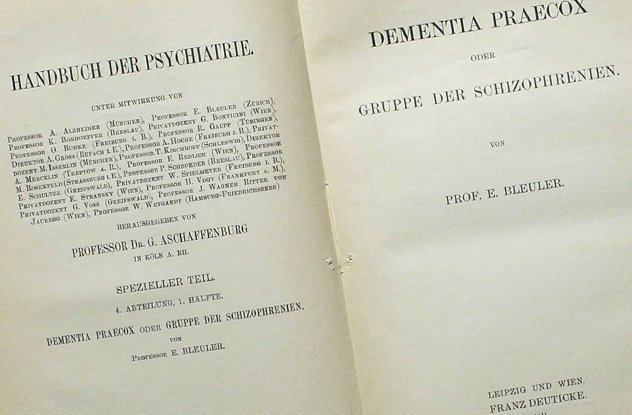
< img src=" "alt="5"class="alignnone size-full wp-image-105118"> Picture credit: P.Haack In 1893, Emil Kraepelin released the very first attempt to establish a categorization system for mental disorder. He divided psychological disorders into just 2 classifications: circular insanity and dementia praecox. Circular madness was marked by a host of mood disruptions but could be dealt with. Dementia praecox was an incurable, permanent psychological deterioration beginning during youth. A few of the symptoms consisted of "atrophy of the emotions" and "avoid of the will." The prognosis was hopeless. Professionals likely offered this label to all "bad prognosis insanity." In the late 1920s, dementia praecox fell out of favor. Eugene Bleuler's "schizophrenia" ended up being the favored medical diagnosis for mysterious madness. Schizophrenia had hope. Bleuler saw dementia, hallucinations, misconceptions, and flat affect as secondary symptoms. By 1952, dementia praecox officially vanished from the psychological lexicon when the very first edition of the DSM was published.
"alt="5"class="alignnone size-full wp-image-105118"> Picture credit: P.Haack In 1893, Emil Kraepelin released the very first attempt to establish a categorization system for mental disorder. He divided psychological disorders into just 2 classifications: circular insanity and dementia praecox. Circular madness was marked by a host of mood disruptions but could be dealt with. Dementia praecox was an incurable, permanent psychological deterioration beginning during youth. A few of the symptoms consisted of "atrophy of the emotions" and "avoid of the will." The prognosis was hopeless. Professionals likely offered this label to all "bad prognosis insanity." In the late 1920s, dementia praecox fell out of favor. Eugene Bleuler's "schizophrenia" ended up being the favored medical diagnosis for mysterious madness. Schizophrenia had hope. Bleuler saw dementia, hallucinations, misconceptions, and flat affect as secondary symptoms. By 1952, dementia praecox officially vanished from the psychological lexicon when the very first edition of the DSM was published.
5Lunacy

< img src=" "alt="6"class="alignnone size-full wp-image-105119"> Photo credit: Roadcrusher/Wikimedia For millennia, people thought moons made individuals crazy. Aristotle claimed the brain was the "moistest" organ, and therefore most vulnerable to the tidal impacts. This "lunar lunacy impact" stayed popular in the Western world throughout the Middle Ages. Lots of still hold on to the belief that full moons trigger an increase in health center sees, murders, suicides, and traffic accidents. In 2007, UK police presented full moon units to handle the associated boost in crime.
"alt="6"class="alignnone size-full wp-image-105119"> Photo credit: Roadcrusher/Wikimedia For millennia, people thought moons made individuals crazy. Aristotle claimed the brain was the "moistest" organ, and therefore most vulnerable to the tidal impacts. This "lunar lunacy impact" stayed popular in the Western world throughout the Middle Ages. Lots of still hold on to the belief that full moons trigger an increase in health center sees, murders, suicides, and traffic accidents. In 2007, UK police presented full moon units to handle the associated boost in crime.
Little evidence reveals a connection in between moon phases and insanity. The gravitational influence of the Moon the exact same throughout moon stages, and it only affects open water. Nevertheless, there might have once been a kernel of fact to lunar lunacy. Prior to modern-day lighting, moonlight would have had a more substantial result on sleep patterns. Complete moons may have resulted in sleep deprivation, which is understood to trigger irregular habits in bipolar patients.
4Neurasthenia
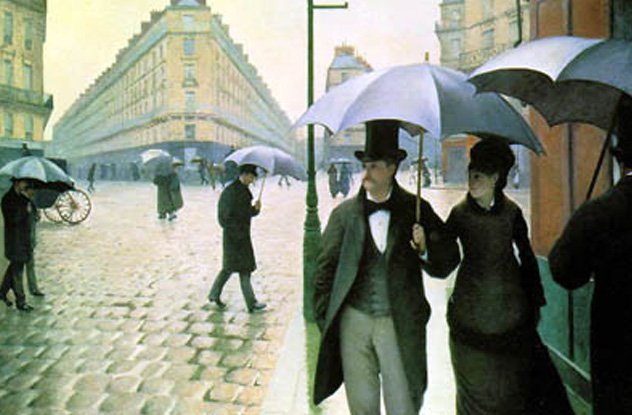
 "alt="7"class="alignnone size-full wp-image-105120" >
"alt="7"class="alignnone size-full wp-image-105120" >By the early 20th century, this mental condition ended up being a status sign. It spread from the elite downward, penetrating every level of society. "American uneasiness" even spread to Europe, China, and Japan. The stigma of the condition was eliminated by reassurance that it was physical in origin and not the outcome of psychological weakness. By 1930, neurasthenia essentially vanished from psychology. However, a number of the symptoms are still present in contemporary illnesses like depression and fatigue syndrome.
3Ethical Insanity
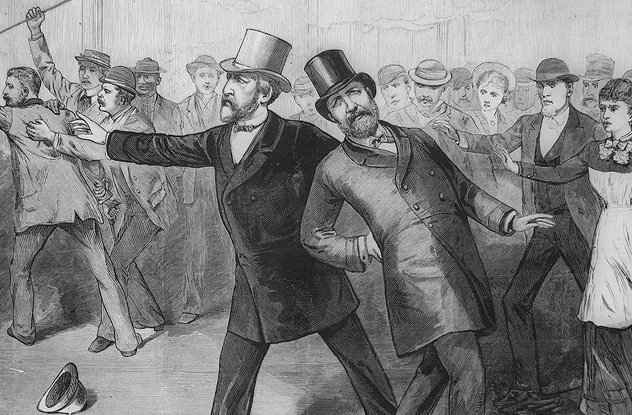
< img src=" "alt="8"class="alignnone size-full wp-image-105121"> Image credit: A. Berghaus and C. Upham Very first described in 1835 by physician J.C. Prichard, moral madness is an illness of the conscience. This mental illness is specified by a" morbid perversion"of the emotions, habits, and impulses with no problem of intelligence or reasoning. Ethical madness continued to be detected until 1881, when it was utilized
"alt="8"class="alignnone size-full wp-image-105121"> Image credit: A. Berghaus and C. Upham Very first described in 1835 by physician J.C. Prichard, moral madness is an illness of the conscience. This mental illness is specified by a" morbid perversion"of the emotions, habits, and impulses with no problem of intelligence or reasoning. Ethical madness continued to be detected until 1881, when it was utilized
in the trial of Charles Guiteau, who assassinated President James Garfield. One doctor claimed the assassin suffered from this bygone condition. Another labeled Guiteau an" imbecile."In 1888,"demented inferiority" started being used in place of ethical insanity. Numerous think about ethical insanity the forerunner of the contemporary crazed and anti-social personality conditions. Nevertheless, professionals are not even in agreement about that. 2 Insufficient Character Disorder Picture credit: Mikhail Kalinin Insufficient personality disorder patients display bad judgment, social instability, and lack of physical and psychological stamina. They appear
"gender identity disorder

." This outdated diagnosis implied that transgender people were considered psychologically ill. This had actually long been considered stigmatizing by gender rights activists. By removing the classification, there is no longer anything pathological about having a transgender identity. Gender identity disorder was replaced with" gender dysphoria
."This brand-new categorization just focuses on those who are distressed with their gender identity. While some consider this to be a substantial modification, others are less impressed. Supporters claim that gender dysphoria was left in the DSM in case transgender people require access to healthcare. Some do not think enough headway has been made. Nevertheless, it is difficult to argue that things are not advancing. In the 1990s, transgender people with< a href= "http://inamerica.blogs.cnn.com/2012/12/27/being-transgender-no-longer-a-mental-disorder-in-diagnostic-manual/"target="_ blank"> organized with pedophiles by the Americans With Disabilities Act. Abraham Rinquist is the executive director of the Winooski,
Vermont, branch of the Helen Hartness Flanders Folklore Society. He is the coauthor of Codex Exotica and Song-Catcher: The Adventures of Blackwater Jukebox.
-Bel
Your support/advice/upvote is much appreciated!